A 3000-watt inverter is an electrical device that converts DC (direct current) power from a battery into AC (alternating current) power that can be used to run electrical equipment. The 3000-watt rating refers to the maximum amount of power that an inverter is capable of producing, but in practical use, it may generate an average of 2400-2500 watts.
The inverter takes the DC power and converts it into a clean, high-frequency AC waveform that resembles standard electrical power. It is commonly used for applications such as off-grid solar power systems, backup power supplies, and mobile power solutions.
The number of batteries required to power a 3000-watt inverter depends on the ampere-hour (Ah) rating of the batteries. If you have batteries with a 50Ah rating, you would need six of them for a 3000-watt inverter. If your batteries have a 100Ah rating, you would only need three, and with batteries rated at 170Ah, only two would be required.
How many batteries do we need to power a 3000-watt inverter?
The number of batteries required to power an inverter depends on the load or the amount of electricity being drawn from the inverter. The higher the load, the more batteries will be required to provide enough power to sustain the inverter.
The wattage of the inverter determines the amount of power it requires to function, and this, combined with the load, helps determine the number of batteries needed to power the inverter. If the load is too high for the available batteries, the inverter may not work properly, or it may shut off entirely.
To understand this better, we should understand what influences the number of batteries needed:
- C-rate
- Current capacity or amp hours
- Depth of discharge %
- Inverter efficiency %
C-rate
The rate at which a battery can supply the claimed capacity is known as its C-rate. For instance, a 100Ah lead-acid battery has a 0.2C C-rate. As a result, the battery can be discharged with a 20 amp load (i.e., 100Ah x 0.2 = 20A). A higher load, such as 40Amps, can be used to empty the battery, although doing so would diminish its capacity due to internal heat production.
C-rating = Discharge current (A) / Capacity of the Battery (Ah)
Lithium batteries (LiFePO4) have a C-rate of 1. In other words, a battery rated at 100Ah can discharge with a 100 Amp load and still deliver 100Ah. Due to the fact that it would result in the longest battery life, we must respect the battery’s C-rate. The battery may suffer harm and decrease lifespan if we misuse it by discharging at a higher current than it was designed to handle.
Current Capacity
Current or amp hours (Ah) refers to the capacity of a battery. It is the measure of how much energy the battery can store and provide over time. The larger the amp hour rating, the more energy the battery can store and the longer it can provide power to your devices. For example, if you have a 100 Ah (amp hour) battery, it means that the battery can provide 1 amp of current for 100 hours or ten amps for 10 hours.
Depth of Discharge (DOD %)
The DOD% is a crucial parameter in our calculations since it tells us how much percentage of the battery’s capacity is allowed to discharge. For example, if your 200Ah battery is lead acid, then you must not exceed the 100Ah limit (50%).
| Battery Type | Depth of Discharge (DOD) % |
|---|---|
| Lithium-ion Batteries | 80% to 95% |
| Lead Acid Batteries | 50% |
| Nickel-cadmium Batteries | 90% |
| Saltwater (Sodium-ion) Batteries | up to 100% |
| Sodium Nickel Chloride Batteries | 80% |
Inverter Efficiency

An inverter’s efficiency is measured by its energy loss when converting DC to AC. This is measured as a percentage with higher efficiency, meaning that less energy is lost in the conversion process. Inverter efficiency is an important factor to consider when choosing an inverter, as it determines the amount of energy that will be available for use and the amount of energy that will be wasted as heat.
The inverter efficiency rating and its impact are further elements that must be taken into account in this situation. The inverters with the highest efficiency ratings produce the best outcomes. More battery power is used when the inverter efficiency rating is lower. The amount of energy saved during the conversion process depends on the inverter efficiency rating. Newer inverters have efficiency ratings between 90% and 95%, with 85% being the minimum that is allowed.
Calculating The Battery Bank Capacity
To start calculating the number of batteries needed, you must first know the load you will be running on the inverter. If you want, you could perform your calculations on a fully loaded inverter (3000 W); however, we recommend that you find the actual load for your case.
Appliances that can run on a 3000-watt inverter power
In case you don’t have any idea about the load of your system that you are hoping to power on a 3000-watt inverter, we have provided here some examples of appliances and their respective wattage requirements that can be run with a 3000-watt inverter. Also, make sure that the appliance’s wattage doesn’t exceed the inverter’s capacity.
| Appliances Or Tools | Maximum Wattages Ratings |
| Toaster, Juicer, Or Blender | 1200 (Each) |
| Freezer | 600 |
| Microwave Or Coffeemaker | 1000 (Each) |
| Refrigerator | 750 |
| Computer | 150 |
| Television | 250 |
| Portable Electric Heaters | 1200 |
Total Load Calculation
Let’s say that you will be running a 600 W freezer, 150 W computer, 250 W TV, and 1200 W Heater. So let’s add them up to find the total load:
Total Load (W) = 600 W + 150 W + 250 W + 1200 W
Total Load (W) = 2200 W
So the total load is 2200 W, which is less than the inverter’s maximum capacity (3000 W), and that is a good practice.
Actual Load (Inverter Efficiency)
In reality, a 3000-watt inverter won’t necessarily produce 3000 watts per hour, as the efficiency of the inverter affects the amount of power produced. So, to calculate how much power can a 3000-watt inverter produce, multiply the rated power by the efficiency rating.
If the efficiency rating of the inverter is 95%, the AC power output would be 2850 watts.
Actual AC Output (W) = Rated Power (W) x Inverter Efficiency
Actual AC Output (W) = 3000 x 0.95 = 2850 W
So in order to get 2850 W as an AC output, the inverter will actually consume 3000 W of power from the battery. To go back to our example, we need 2200 W of power output from our 95% efficient 3000 W inverter. How much power will the inverter actually consume?
Actual Load (W) = Total Load (W) / Inverter Efficiency
Actual Load (W) = 2200 W / 0.95 = 2316 W
So the inverter will actually consume 2316 W to produce 2200 W.
Total Power Capacity (Run Time)
The time a battery lasts on a 3000-watt inverter depends on the power load and runtime. To determine the required amp-hours, you need to multiply the actual load by the runtime. For example, if you want to run an 1800-watt load for 3 hours, you would calculate 1800 x 3 = 5400 Wh.
Now depending on the battery type you will buy and the DOD% it has, the total power capacity will also change. To ensure that your batteries last longer and to avoid a full discharge (which is not recommended for deep cycle batteries), it’s recommended to double the capacity.
In our example, if we want to run the load for 5 hours and have lead acid batteries with DOD 50%, we will have the following:
Total Power Capacity (Wh) = Actual Load (W) x Runtime (h) / DOD%
Total Power Capacity (Wh) = 2316 W x 5 h / 0.5 = 23,160 Wh
So our battery bank needs to store 23,160 Wh of total power capacity. Now it’s time to find how many batteries we need to store this amount of power.
Batteries Calculations
Before proceeding with the batteries calculations, we need to have two important things:
- Inverter operating voltage (12V, 24V…)
- Battery capacity available to buy (100Ah, 150Ah, 200Ah)
To start with the 3000W inverter, it will most likely be a 24V. And regarding the battery capacity, we need to look for availability in your local market. In our case, and with this high amount of power needed to be stored (23,160 Wh), we will choose 200Ah 24V batteries. You could get 12V batteries also, but then you will have to connect two in series and then parallel.
Total Battery Capacity (Ah) = Total Power Capacity (Wh) / Battery Voltage
Total Battery Capacity (Ah) = 23,160 Wh / 24V = 965 Ah
Amount Of Batteries = Total Battery Capacity (Ah) / Single Battery Capacity (Ah)
Amount Of Batteries = 965 Ah / 200 Ah = 4.825
So this means we will need to have 5 batteries of 200Ah 24V lead-acid. We will connect them in parallel to have the same 24V total voltage and a total capacity of 1000Ah (200Ah x 5).
C-Rate Calculations
Lastly, we should check what the C-rating of our batteries is and how that could affect our system. In my example, the 200Ah 24V lead-acid batteries have a 0.2C rating, which means we could discharge 40 (200 x 0.2) Amps per hour from the battery. Now let’s find out how many amps our inverter needs from the batteries.
Total Amps Discharge = Actual Load (W) / Voltage (V)
Total Amps Discharge = 2316 W / 24 V = 96.5 Amps
This means our inverter will need to discharge from the battery bank up to 96.5 amps to function properly. And knowing that each battery could discharge up to 40 amps safely, we would have a total of 200 amps available to be discharged and this is more than enough.
This step is not necessary to check since the batteries could provide more than what is restricted by the C-rate, however, being within limits will ensure a longer lifespan for the batteries.
To make all these calculations easier for you, we have created the following calculator:
Here are five tips for using a 3000-watt inverter:
- Review your monthly energy usage and list all the devices, tools, and appliances you want to use on the inverter, along with their run time.
- Plan ahead to determine if a 3000-watt system is adequate.
- Decide which battery type to use. Most inverters support either 12V or 24V batteries, but some newer systems only run on 24V.
- Consider the inverter’s efficiency rating. Aim for at least an 85% rated inverter for best results.
- Don’t run the inverter to its maximum capacity, as it will consume more than 3000 watts per hour due to inefficiency. Consider a higher-capacity system if you need to operate a full load.
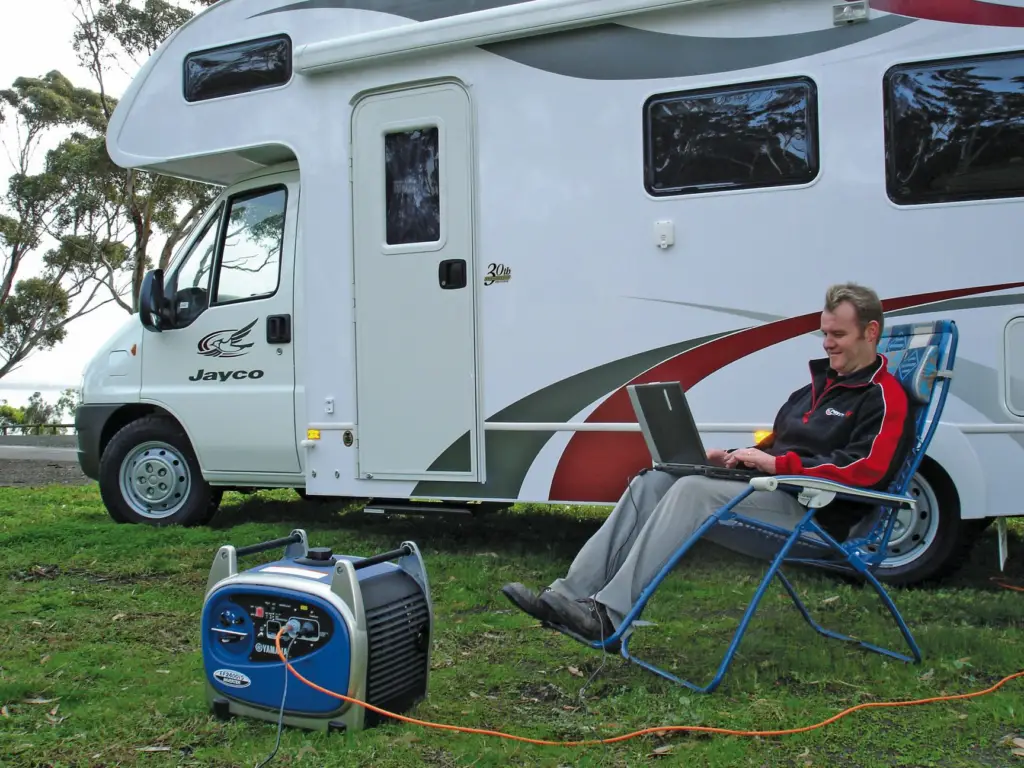
FAQ
How Long Should An Inverter Last?
The lifespan of an inverter can vary greatly depending on a variety of factors, like the quality of the inverter, the frequency and duration of use, and environmental conditions. In general, high-quality inverters can last 5-10 years or more with proper maintenance.
Is A 3000-Watt Inverter Enough?
It depends on the energy requirements of the devices and appliances you plan to power. Air conditioners, refrigerators, and power tools can be powered by a 3000-watt inverter. Higher-capacity inverters may be needed for larger appliances or several appliances. Consider your energy needs before choosing an inverter.
What is the maximum load a 3000-watt inverter can handle?
The maximum load a 3000-watt inverter can handle depends on the specific inverter and the manufacturer’s specifications. Typically, a 3000-watt inverter can handle a peak load of around 6000 watts. However, it’s best to consult the manual for specific details.
What kind of batteries can be used with a 3000-watt inverter?
Lead-acid batteries are commonly used with 3000-watt inverters, including deep cycle and marine batteries. Lithium-ion batteries are also an option for use with a 3000-watt inverter.
What size cable do I need for a 3000-watt inverter?
1/0 AWG battery cables are best for 3000-watt inverters. This wire can handle 300 amps per eight feet, so choose the smallest length. 1/0 AWG cables have copper cable lugs or battery terminals at both ends with a diameter of slightly over half an inch. 1/0 AWG battery cables are larger than 1 AWG cable, which may not work with a 3000-watt inverter. Use the right inverter cable for effective operation.
How do the frequency and waveform of a 3000-watt inverter affect its performance?
The frequency and waveform of a 3000-watt inverter can affect its performance, with a higher frequency resulting in a smoother waveform and better performance. However, other factors, such as the inverter’s design, components, and capacity, also play a role in its performance.
Conclusion
To conclude, the number of batteries needed for a 3000-watt inverter depends on various factors like the number of appliances, their power requirements, the planned usage period, etc. However, it is important to consider the power ratings of the appliances and avoid overloading the inverter to ensure its safe operation. The amount of batteries needed depends on individual needs and usage circumstances, but planning and power requirements can assist in ensuring a dependable and efficient solar power system.

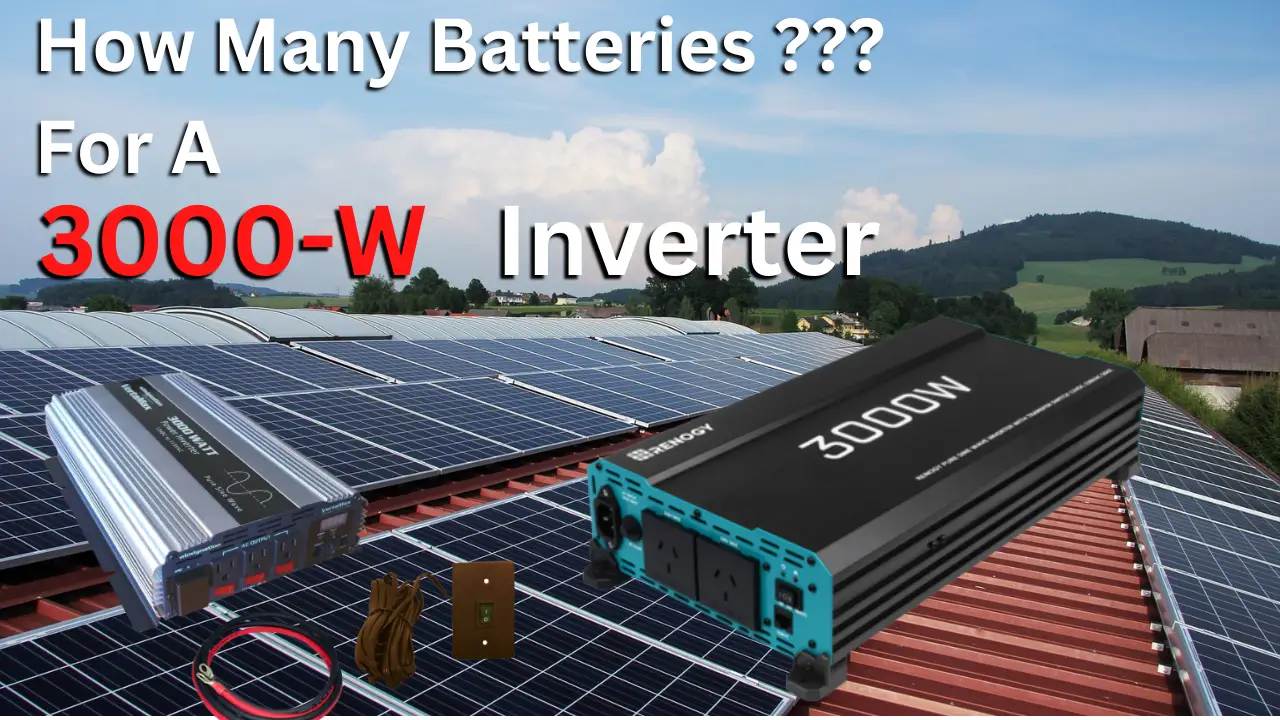
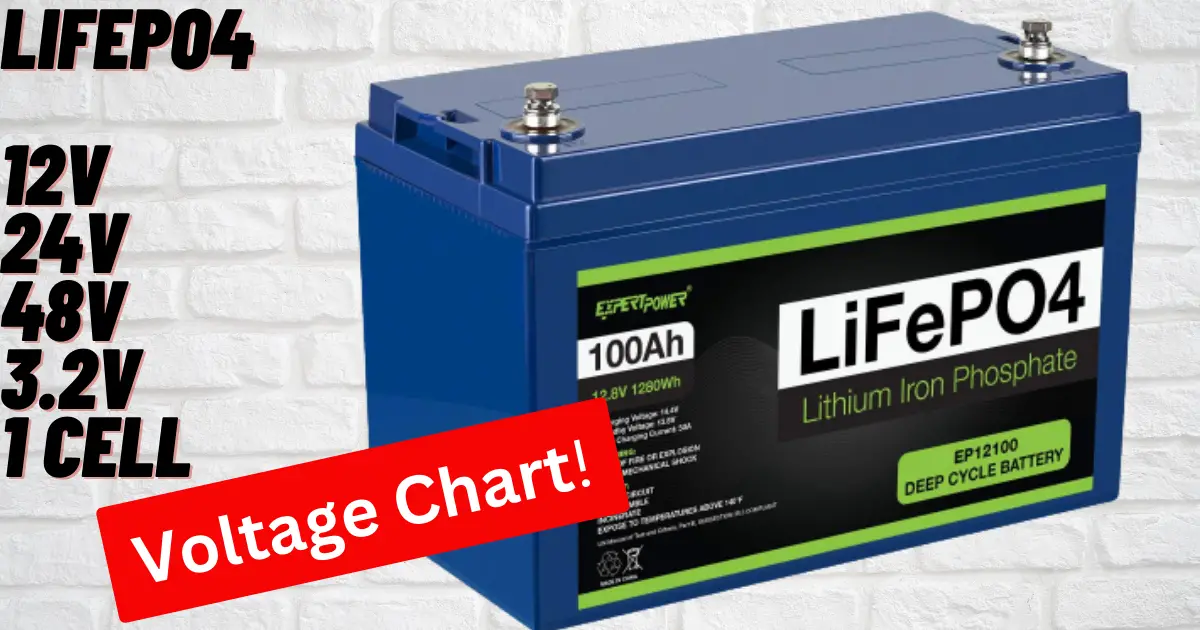

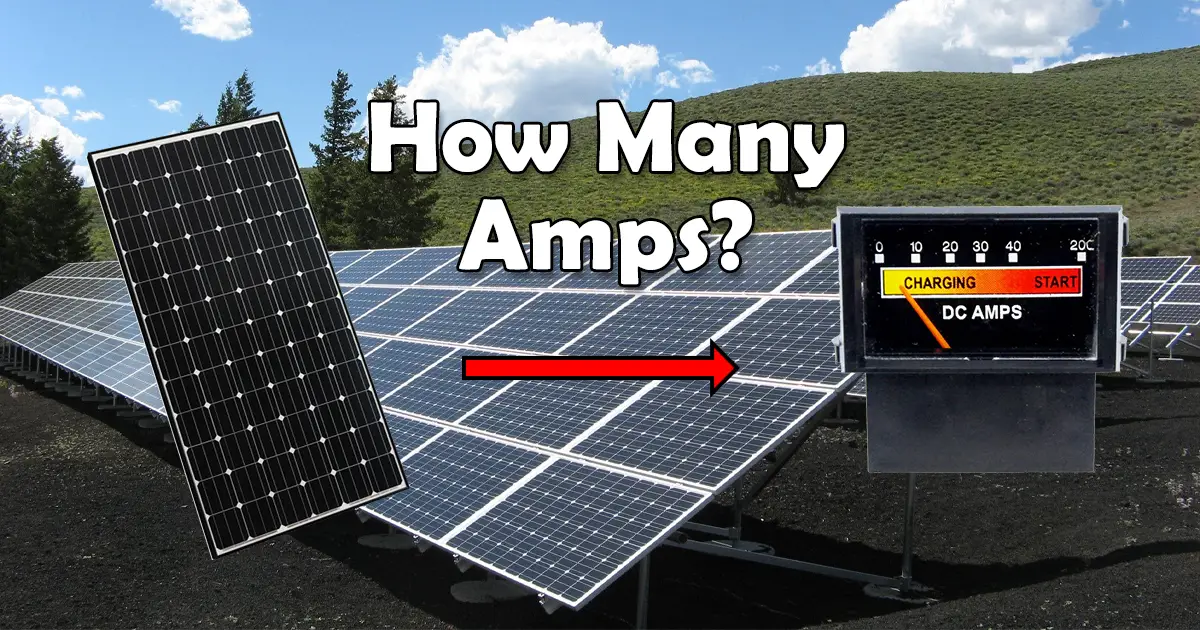
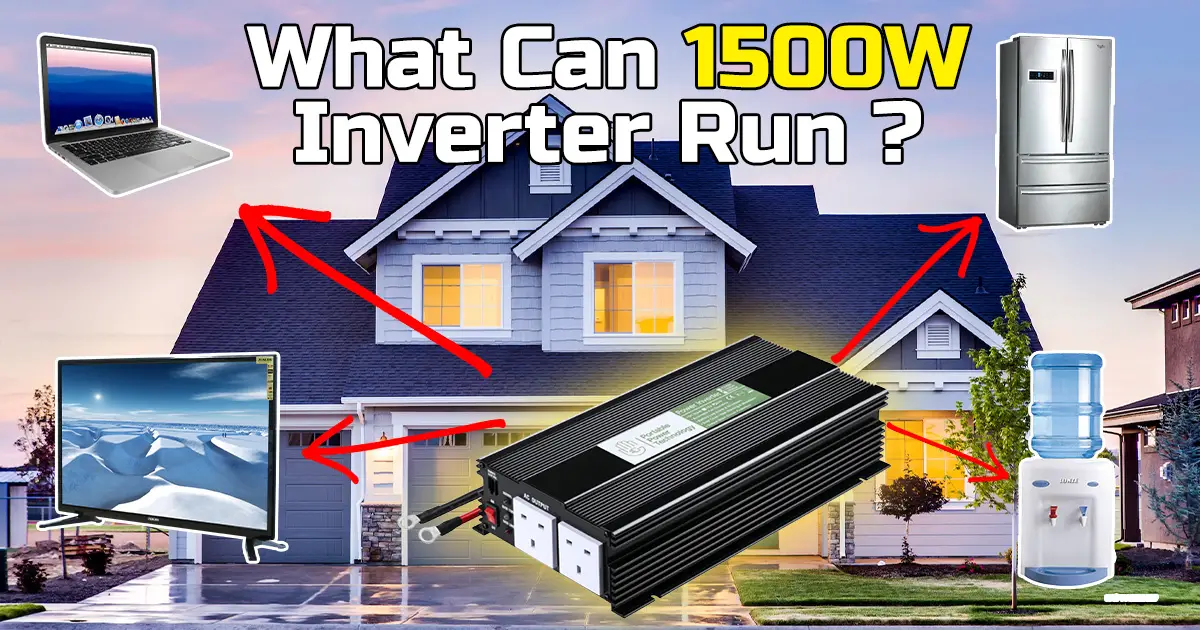
Thanks for this valuable information.